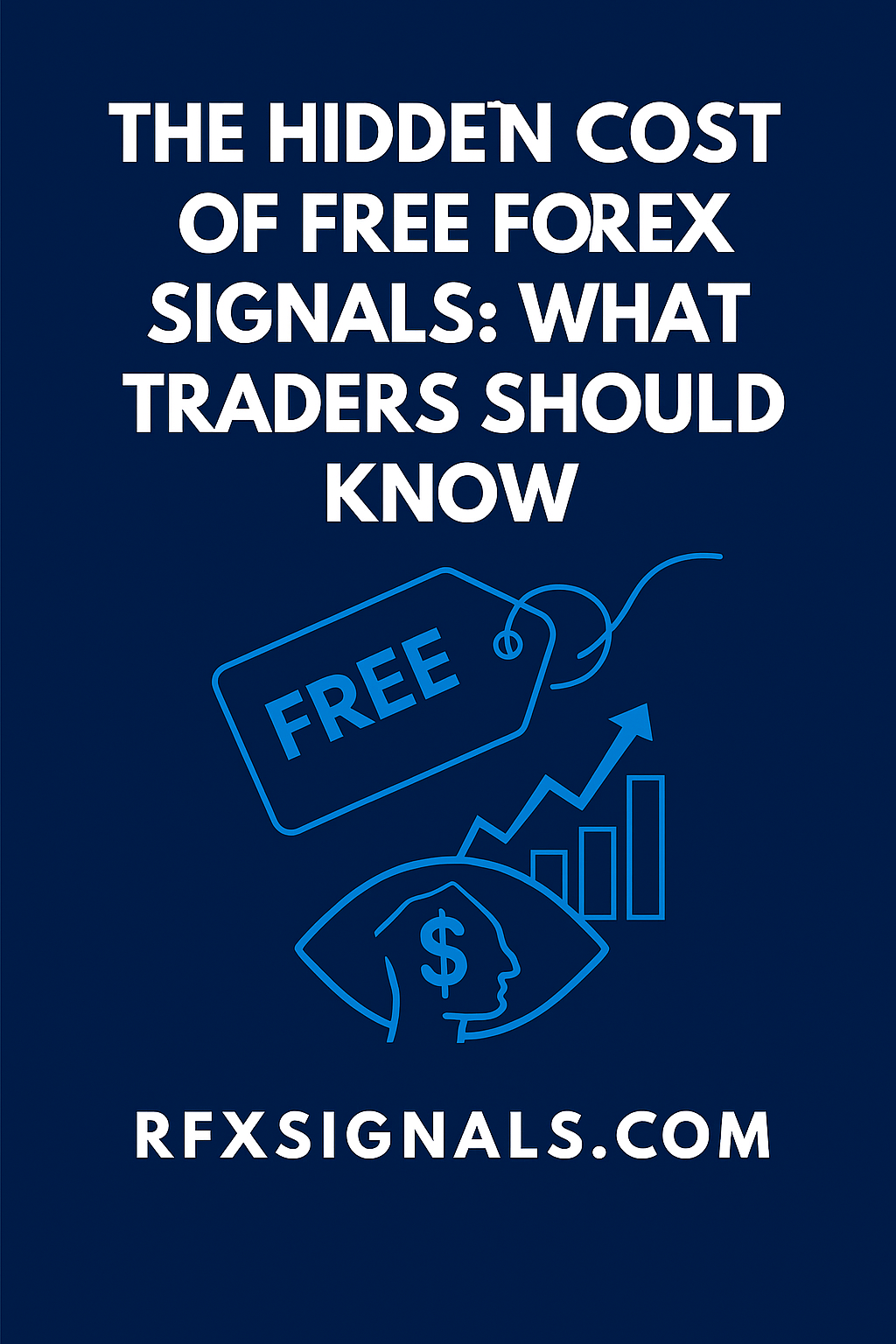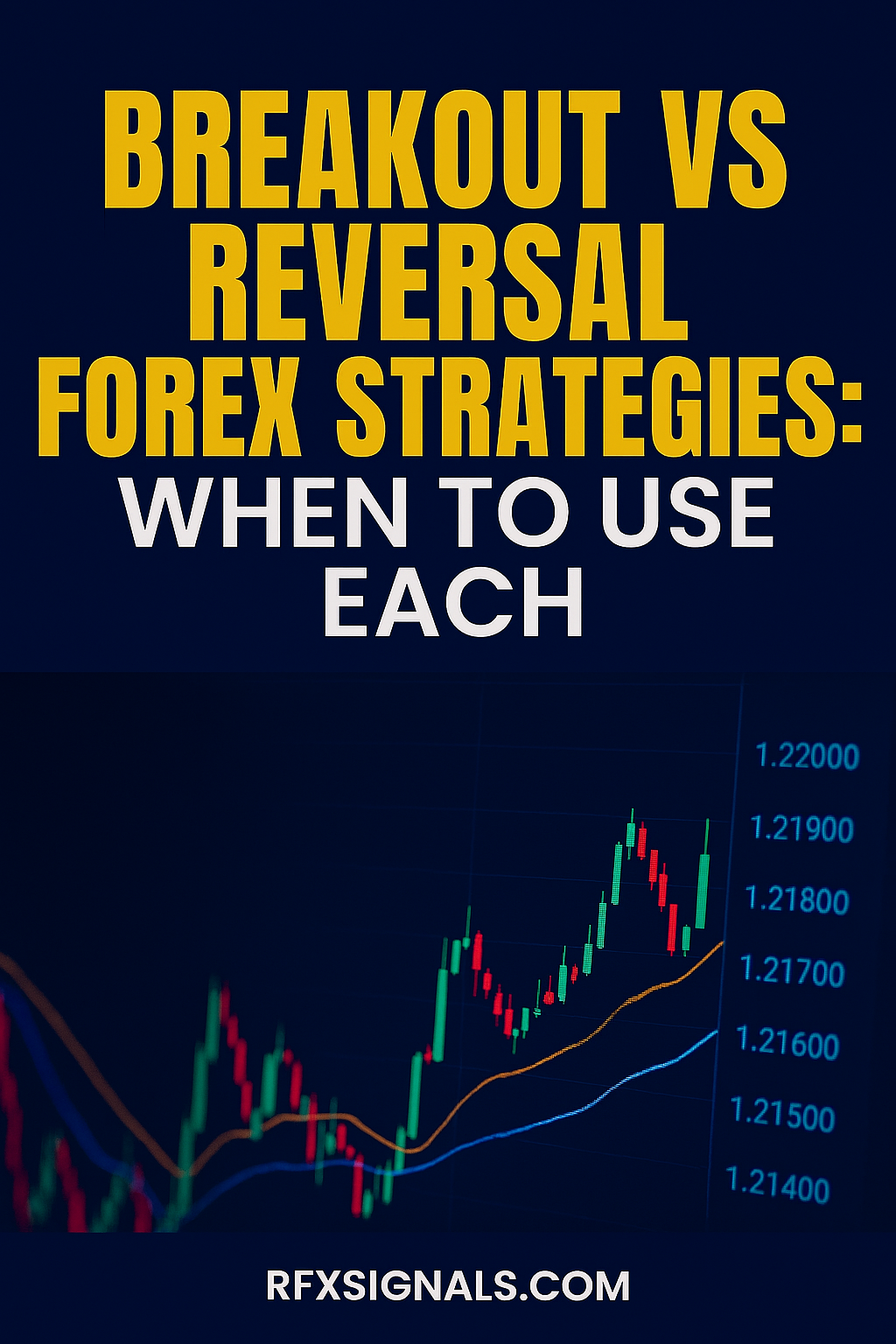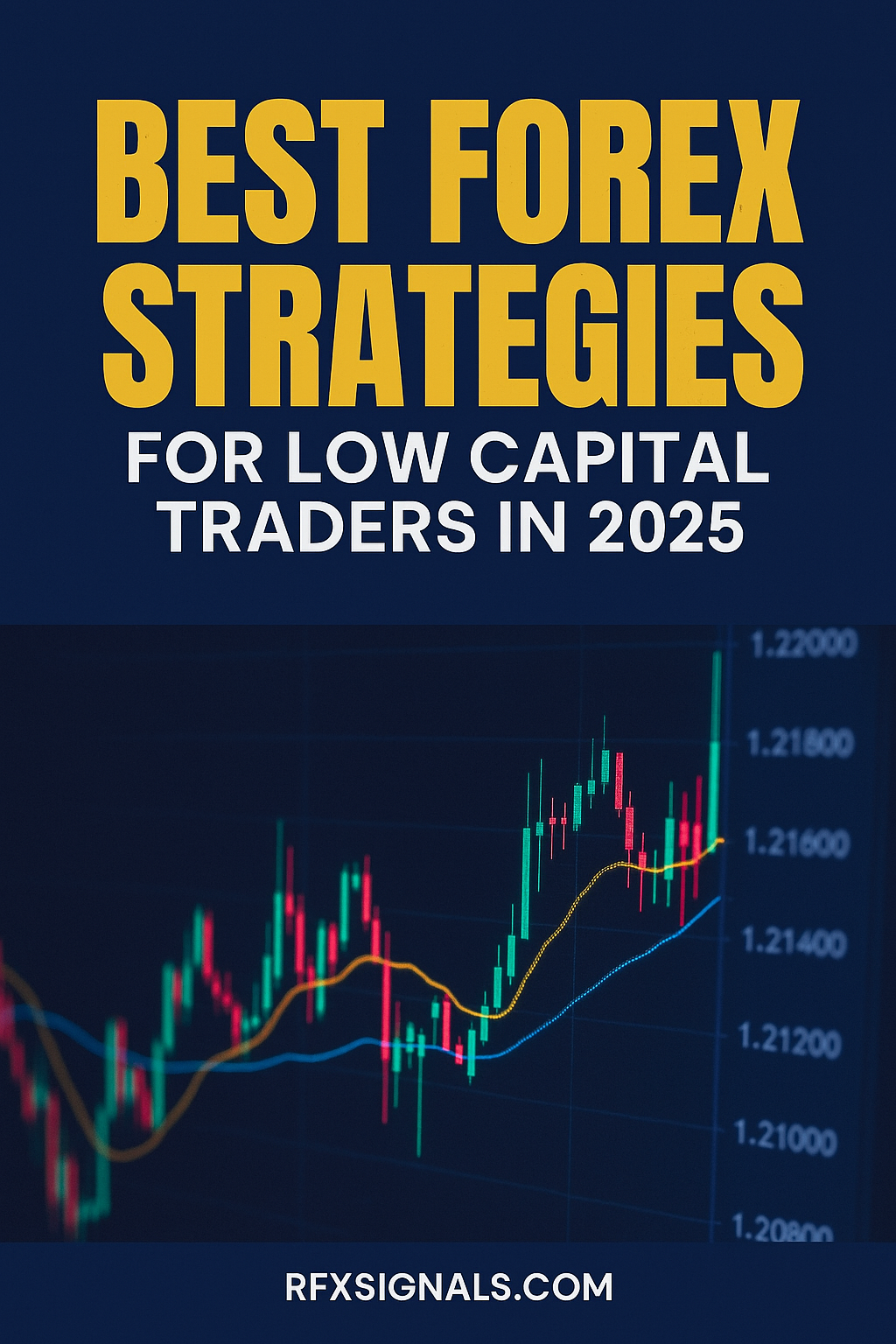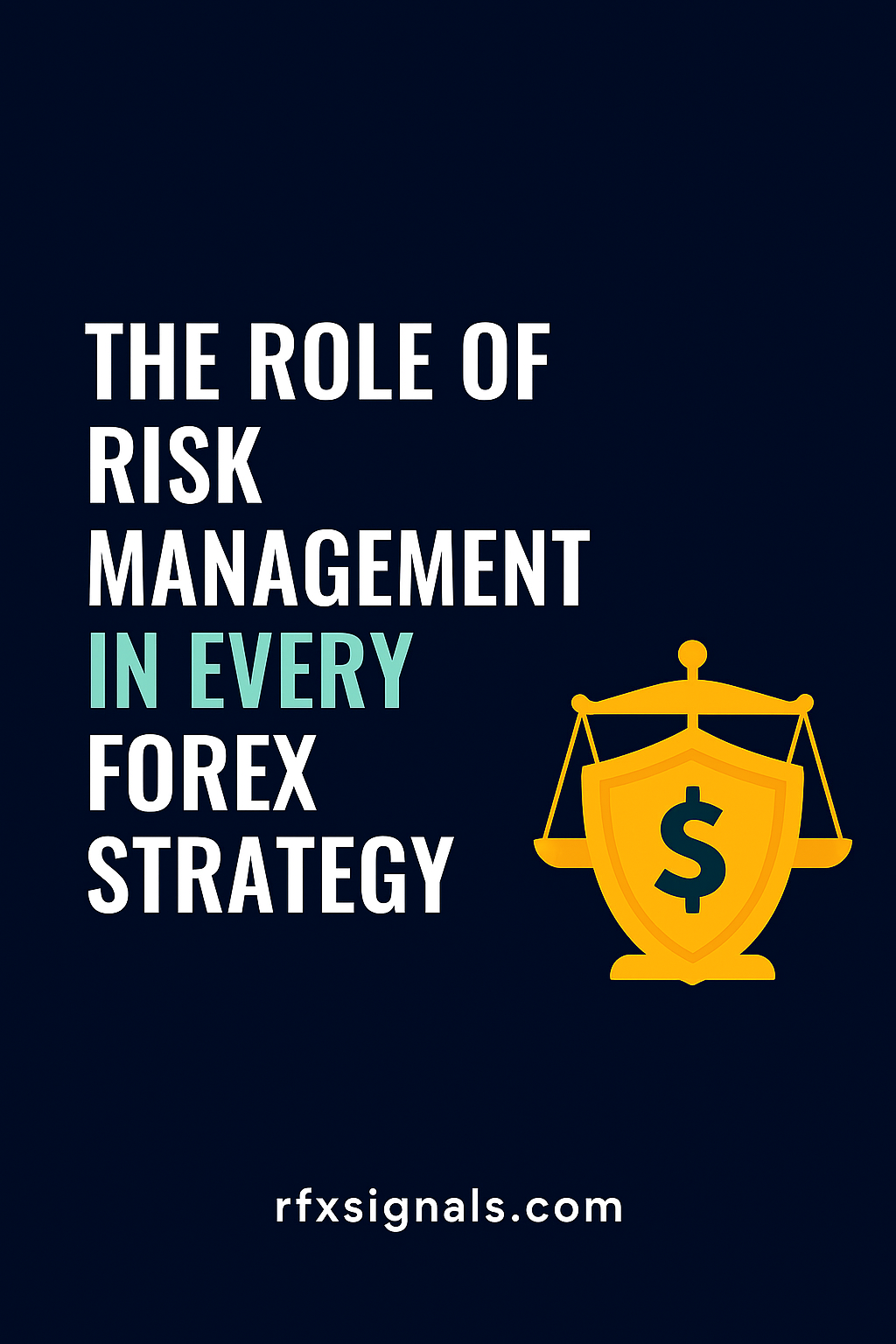
Best Currency Pairs for Indian Traders — Which Pairs to Trade & Why
Choosing the right currency pair matters more than you think. For Indian traders, considerations like liquidity, RBI interventions, spreads, trading hours, and availability from Indian brokers make some pairs far better choices than others. This guide explains the best pairs, their pros & cons, and practical rules for scalpers, swing traders and position traders.
Quick summary — best picks for Indian traders
- USD/INR — best for hedging INR exposure, widely traded in India.
- EUR/INR, GBP/INR — good for volatility and directional trades; watch spreads.
- EUR/USD, GBP/USD, USD/JPY — global majors with low spreads and deep liquidity.
- Crosses (EUR/GBP, AUD/JPY) — useful for diversification but can have wider spreads.
Why pair choice matters for Indian traders
Pair selection affects spreads, slippage, available leverage, and exposure to India-specific events (RBI policy, rupee volatility, import/export flows). Indian brokers often offer competitive pricing on INR pairs but margin rules differ so always check your broker’s contract specifications.
Top pairs explained (practical, by trader style)
1. USD/INR — The most obvious starting point
USD/INR is central for Indian traders who want to hedge rupee risk or trade macro moves (like RBI intervention, crude oil shocks, or large capital flows). Advantages: strong liquidity during Indian hours, many local brokers provide direct quotes, and news events in India directly affect it.
- Who it's for: hedgers, intraday traders active during India session, macro traders.
- Watch out: on days with RBI intervention, volatility can spike and spreads may widen.
2. EUR/INR & GBP/INR — higher volatility, higher opportunity
These INR crosses can offer larger trending moves than USD/INR but often come with wider spreads. They react to both domestic and European/UK news, so check session overlap and news calendars.
3. EUR/USD, GBP/USD, USD/JPY — global majors every Indian trader should know
Even if you primarily care about INR, majors are essential: low spreads, deep liquidity, and predictable behavior around US/European/Japanese sessions. They are excellent for technical traders and scalpers.
4. Cross pairs & exotics — use selectively
Crosses (EUR/GBP, AUD/JPY) and exotics (TRY/INR, ZAR/INR) can produce big moves but typically have bigger spreads and lower liquidity. Reserve these for experienced traders who account for overnight risks and slippage.
Key selection factors — checklist before you trade any pair
- Liquidity & spreads: tighter spreads reduce cost. Majors are cheapest.
- Trading hours: which session has the biggest move for the pair?
- News sensitivity: RBI, FOMC, ECB, BoE—know the calendar.
- Broker availability: check margin, min lot, and execution quality on INR pairs.
- Correlation: many INR pairs correlate strongly with USD/INR—manage cross exposure.
Practical rules & strategies for each trader type
Scalpers
Favor highly liquid majors (EUR/USD, USD/JPY) and USD/INR during India session. Keep timeframes < 15min, use tight stops, low-latency brokers and small size to manage slippage.
Swing traders
EUR/INR and GBP/INR are attractive because swings are larger. Use daily/4H charts with ATR-based stops and be careful around central bank meetings.
Position traders / investors
Consider USD/INR for hedging or long-term directional trades. Build positions slowly and use macro fundamental analysis (trade balance, forex reserves, inflation).
SEO-friendly internal & external linking strategy (how to wire this post)
Internal linking helps search engines and keeps readers on-site. Example internal links you should add from your site:
- How to Trade Forex — Beginner’s Guide (internal)
- How to Manage Forex Risk (internal)
- Reserve Bank of India (authoritative external)
- Forex — Investopedia (authoritative external)
Use descriptive anchor text (e.g., “RBI policy impact on USD/INR”) and add at least 2–3 internal links to related posts on your site. When linking out, pick high-authority pages to strengthen topical relevance.
Risk control & money management (non-negotiable)
Always define risk per trade (e.g., 0.5–2% of trading capital), set stop-loss levels based on volatility (use ATR), and avoid overleveraging—especially with INR pairs that may gap on local news.
Broker & execution checklist for INR traders
- Does the broker provide direct USD/INR quotes or synthetic?
- Are margin rules and overnight financing transparent?
- How are spreads during Indian market hours vs. London/New York?
- Is the broker regulated by a reputable authority?
Final takeaway & action plan
For most Indian traders: start with USD/INR and at least one global major like EUR/USD. Use EUR/INR or GBP/INR for larger directional trades if your broker offers reasonable spreads. Keep strict risk controls, wire internal links to help SEO, and update this post after major RBI or global central bank events.
Ready to get trade-ready? Join our community for daily setups and pair recommendations.
Get Daily Pair Alerts (WhatsApp)









